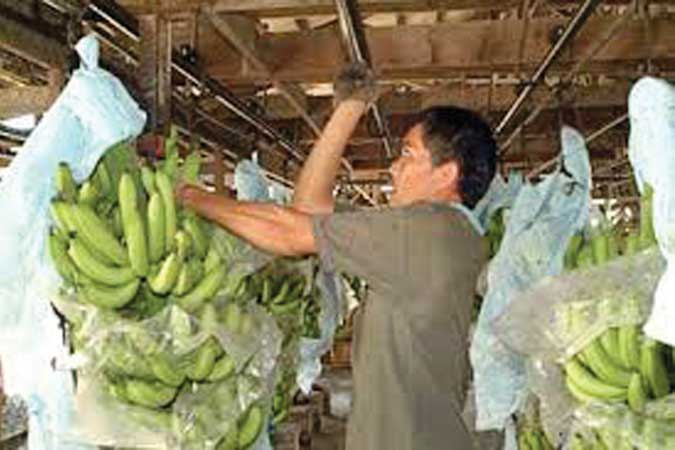The United States has identified its first human case of New World screwworm (NWS) myiasis, a parasitic infestation caused by the larvae of parasitic flies, according to the Department of Health and Human Services (HHS). The infection was detected on August 4 in a patient who had recently traveled from El Salvador, one of the countries affected by the ongoing outbreak.
NWS myiasis occurs when the larvae, commonly known as maggots, burrow into living tissue, primarily affecting livestock but occasionally infecting humans—especially those with open wounds or who spend time in rural areas with livestock. The Centers for Disease Control and Prevention (CDC), in collaboration with Maryland’s health department, conducted the investigation into this travel-associated case.
HHS spokesperson Andrew Nixon emphasized that this is the first human instance linked to the outbreak region confirmed in the United States. Historically, the New World screwworm is found in South America and the Caribbean, and despite efforts to contain it, the infestation has spread across all Central American nations, as well as Mexico and now the US.
The United States Department of Agriculture’s Animal and Plant Health Inspection Service (APHIS) is actively working with agricultural partners, the State Department, and the United Nations’ Food and Agriculture Organization to combat the outbreak. According to APHIS, "When NWS fly larvae (maggots) burrow into the flesh of a living animal, they cause serious, often deadly damage to the animal. NWS can infest livestock, pets, wildlife, occasionally birds, and in rare cases, people."
Officials have noted that the public health risk remains very low for those in the US. Nevertheless, the economic threat posed by a screwworm outbreak to the livestock industry is substantial, potentially jeopardizing more than $100 billion in economic activity tied to cattle and other livestock.
The CDC advises travelers to affected regions and those living in rural livestock areas to exercise caution, especially if they have open wounds. Continued surveillance and coordinated efforts remain critical to controlling the pest's spread and mitigating its impact on animal health and the economy.
Recommended For You

Senators Urge Action Against Alleged Corruption in Contractor Accreditation and Flood Control Projects
Sep 19, 2025
Miguel Tan

Philippine Banana Industry Faces Decline Amid Growing Regional Competition and Trade Challenges
Sep 19, 2025
Miguel Tan

Thailand's Constitutional Court Ousts Prime Minister Paetongtarn Shinawatra Amid Political Turmoil
Sep 19, 2025
Miguel Tan

Putin to Meet Xi Amid Growing Chinese Presence in Moscow
Sep 19, 2025
Rafael Villanueva
